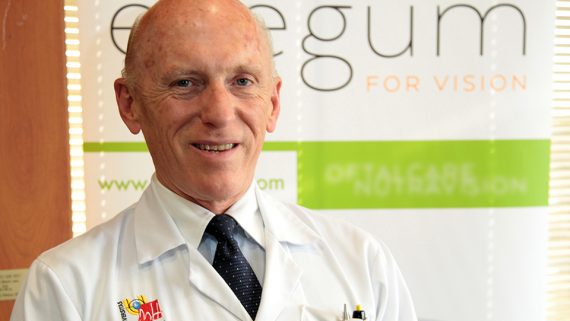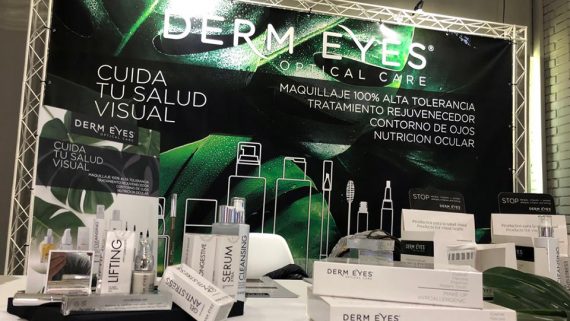A graphene retina to return sight to 230 million people
Gabby Silberman
Dtor. gral. of the Barcelona Institute of Science and Technology (BIST)
Theia (or Tea) was part, according to Greek mythology, of the powerful race of the Titans, who preceded and fathered the Olympian gods themselves. She was the daughter of Gaia (the earth) and Uranus (the sky) and was the mother of Helios (the sun), Eos (the dawn) and Selene (the moon), so the Greeks considered her a goddess of light, responsible for give shine to precious stones and metals, as well as their own offspring. Goddess of sight, Theia could remove the bandage that covers the eyes of humans to allow us to see reality as it is, a faculty -to restore vision to the blind- that it shares with the modern implant that is being developed within the project that It bears his name, driven by the Barcelona Institute of Science and Technology (BIST). Gabriel Silberman, general director of BIST explains the importance of this project in which they are putting all their efforts: “The view is something very important for almost everything, from intellectual development to economic opportunities. If you do not see well, you have a very serious problem. “
The complexity of the Theia project fits with the aspirations of the institutions that promote it, since the BIST is an initiative of the seven best research centers in Catalonia (Center for Genomic Regulation, Institute for Bioengineering of Catalonia, The Institute of Photonic Sciences, Institute of Chemical Research of Catalonia, The Catalan Institute of Nanoscience and Nanotechnology, Institute for High Energy Physics and Institute for Research in Biomedicine) whose objective is to collaborate to build a joint scientific project. Thanks to the multidisciplinary point of view that allows the interaction of centers dedicated to such diverse fields of research, it is possible to face such ambitious projects as Theia, with which they intend to return the vision to 230 million people around the world.
According to data from the World Health Organization published in 2017, there are 253 million people with visual blindness on the planet, 36 of whom are completely blind. Although the WHO says that 80% of cases could be avoided or cured, the number of blind people could continue to rise to 115 million in the year 2050. Doing something is therefore urgent and necessary. In this context Theia’s proposal is one of the most interesting and revolutionary. The graphene implant being developed by the BIST researchers will be placed in contact with the retina to stimulate the gaglionic neurons (responsible for taking the impulses to the brain), through a series of electrodes. Currently researchers are testing in vitro prostheses to ensure that their operation is correct, but very soon they will begin to test them in dwarf pigs, since their eye is very similar physiologically to humans.
Although the results of the research are encouraging, it is likely that within 10 or 15 years this device can not be distributed commercially, but its potential is very large, since the aging of the population in Western countries is causing an increase in ocular degeneration. Projects like Theia are precisely called to alleviate the suffering that the loss of a sense can cause in people. This is undoubtedly one of the great missions of science, because as Silberman himself said in a conference: “We have the obligation to give our scientists the necessary tools so they can change the world.” The best, of course …




